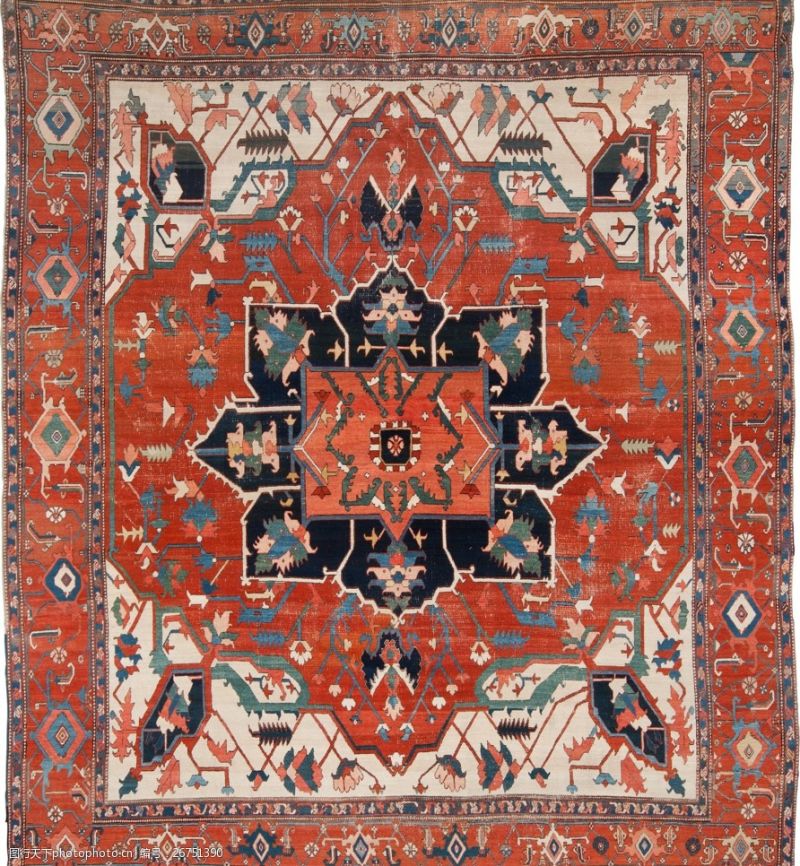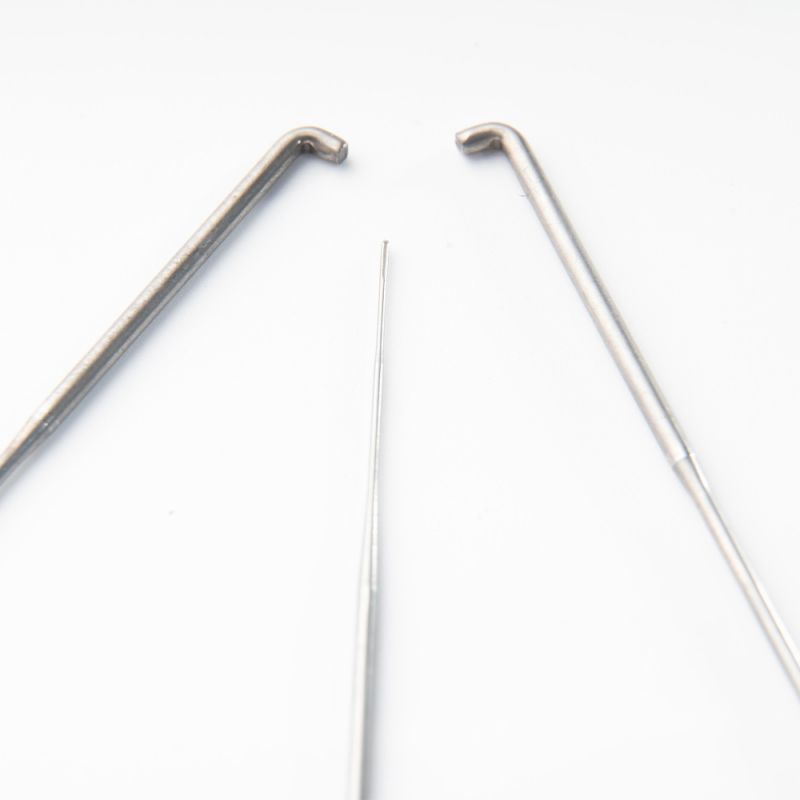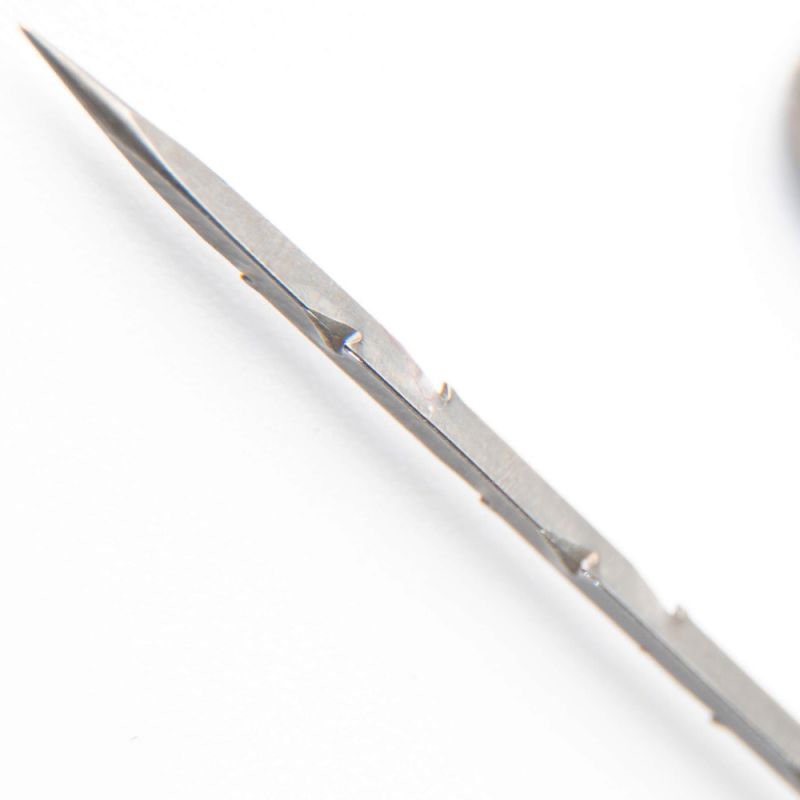Felting needle carpet, also known as needle-punched carpet, is a popular type of carpet that is manufactured using a process called needle punching. In this process, barbed felting needles are used to interlock synthetic fibers, creating a dense, durable, and dimensionally stable carpet. Needle-punched carpet is widely used in commercial, automotive, and residential applications due to its resilience and cost-effective production.
The manufacturing process of felting needle carpet begins with the selection of synthetic fibers such as polypropylene, polyester, or a blend of different fibers. These fibers are processed and carded to align them in a consistent orientation. Once the fibers are carded, they are fed into a needle loom, which is equipped with barbed felting needles.

The needle loom consists of a bed of needles that are vertically oriented and are closely spaced. As the carded fibers pass through the needle loom, the barbed needles repeatedly punch through the fibers, intertwining and locking them together to form a cohesive carpet structure. The density, strength, and texture of the carpet are determined by the number and gauge of the needles, as well as the composition and length of the fibers.
One of the key advantages of needle-punched carpet is its versatility. It can be manufactured in a range of thicknesses and densities to suit different performance requirements. For example, low-density needle-punched carpets are used in applications such as automotive trunk liners and floor mats, while high-density carpets are used in commercial settings that require enhanced durability and wear resistance.
In addition to its versatility, needle-punched carpet offers excellent dimensional stability, making it resistant to stretching and distortion. This property is particularly beneficial in areas with heavy foot traffic, as the carpet is less likely to develop wrinkles and ripples over time. Furthermore, needle-punched carpet is inherently resistant to unraveling and fraying, which contributes to its long-term durability.
Another notable feature of needle-punched carpet is its acoustic and thermal insulation properties. The dense structure of the carpet provides effective sound absorption, making it ideal for reducing noise in commercial buildings, automotive interiors, and other indoor environments. Additionally, the insulating properties of needle-punched carpet contribute to energy efficiency by helping to maintain indoor temperatures and reduce heat loss.
In terms of maintenance, needle-punched carpet is relatively easy to clean and maintain. Its non-woven structure minimizes the retention of dirt and debris, allowing for straightforward vacuuming and spot cleaning. This makes it a practical choice for high-traffic areas where cleanliness is essential.
From a design perspective, needle-punched carpet can be customized to achieve a variety of aesthetic effects. It can be manufactured in different colors, patterns, and textures to complement various interior design schemes. Additionally, it can be finished with treatments such as stain resistance and antimicrobial coatings to enhance its performance in specific applications.
In summary, felting needle carpet, or needle-punched carpet, is a highly versatile and cost-effective flooring solution that offers durability, dimensional stability, sound and thermal insulation, and ease of maintenance. Its wide range of applications, from automotive to commercial and residential settings, makes it a popular choice for diverse end uses. Whether it's enhancing the comfort of a vehicle interior, providing a durable flooring solution for commercial spaces, or adding warmth and texture to a home, needle-punched carpet continues to be an invaluable component in the textile and flooring industry.


Post time: Mar-13-2024
